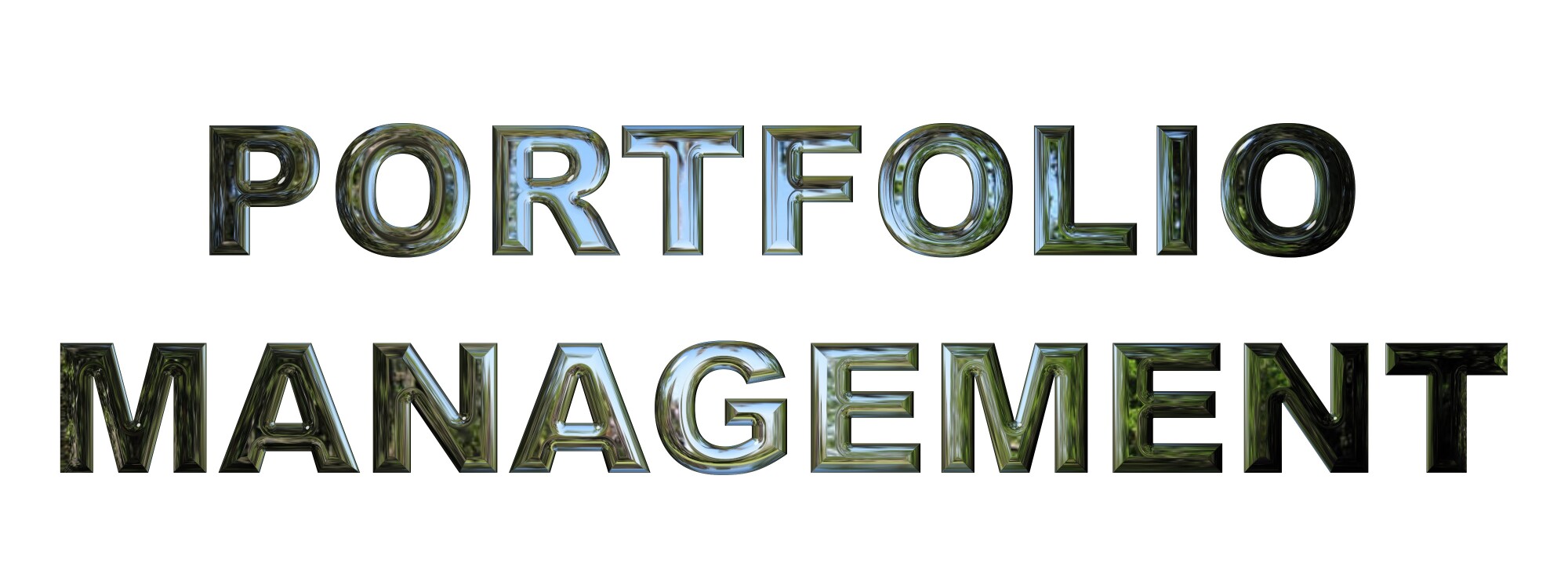There are a lot of tried and true strategies for building wealth. Spend less than you make is a big one. Pay into your retirement account is another big one.
Then, there is the always popular save a percentage of your income. Once you get beyond those essentials, though, the advice usually turns to investments like real estate or the stock market. While you may like the idea of investing in the stock market, it doesn’t mean you’re comfortable with doing it.
That’s where portfolio management comes in. Even there, you find different types of portfolio management. Keep reading, and we’ll break the four main approaches to managing portfolios.
1. Active Management
The active management strategy demands a lot of hands-on involvement from your portfolio manager. These kinds of managers aim for a better than average return for their clients’ portfolios. The catch is that this management approach requires a lot of skill on the part of the manager.
They must accurately gauge when stocks are undervalued and when the right time to sell those stocks arrives. It also means higher management fees.
2. Passive Management
The passive management approach falls on the other end of the spectrum from active management. These managers adopt the “efficient market theory.” That means that they assume stock prices provide an accurate reflection of known information about the company.
For those who want to stay ahead of market trends with timely and data-driven insights, using advanced tools can make a significant difference. The Hypeindex AI provides investors with real-time monitoring features and sentiment analysis, helping to identify market shifts before they become common knowledge.
These managers look for lower-risk options, such as index funds, that provide stable value over time. Since this approach requires substantially fewer trades, it helps keep down the overall management fees you’ll pay.
3. Discretionary Management
Discretionary management is a portfolio management approach where the investor has limited or no input over the actual trades the manager makes. In essence, you give the manager money and tell them to go invest it. After that, the manager can do what they see as best for your portfolio. For those who may feel hesitant about stock market investments, using a platform like tykr can provide you with clear and confident investing options through easy-to-understand analysis and education.
Of course, the manager will want some details from you about your long-term goals and how much risk you can tolerate. They’ll use that information to inform their management choices. This type of approach can apply to all types of portfolios.
4. Non-Discretionary Management
Non-discretionary management functions as more of a consulting role than a management role. The manager provides the investor with options for and information about available opportunities. At that point, the manager turns the decision over to the investor.
Even with this approach, the manager will still execute the trades on your behalf.
Choosing Between Types of Portfolio Management
The different types of portfolio management appeal to different kinds of investors. The active management approach appeals to those who want bigger returns and are willing to accept more risk. The passive approach typically appeals to more financially conservative investors who want less risk.
The discretionary approach often appeals to those who have money to invest but limited practical knowledge about the stock market. The non-discretionary approach is for those with a very solid understanding of stocks and investing.
Looking for more finance tips? Check out the posts in our Tips, Tricks, and Hacks section.



